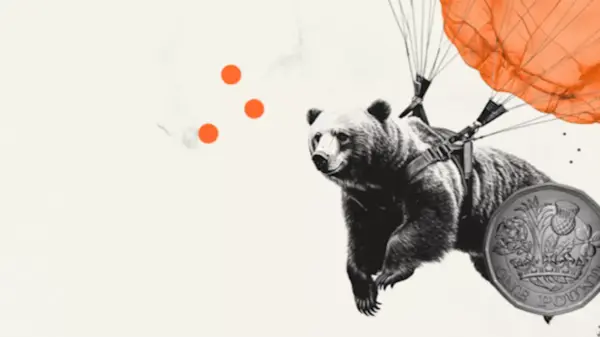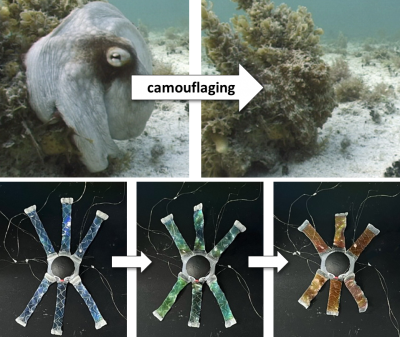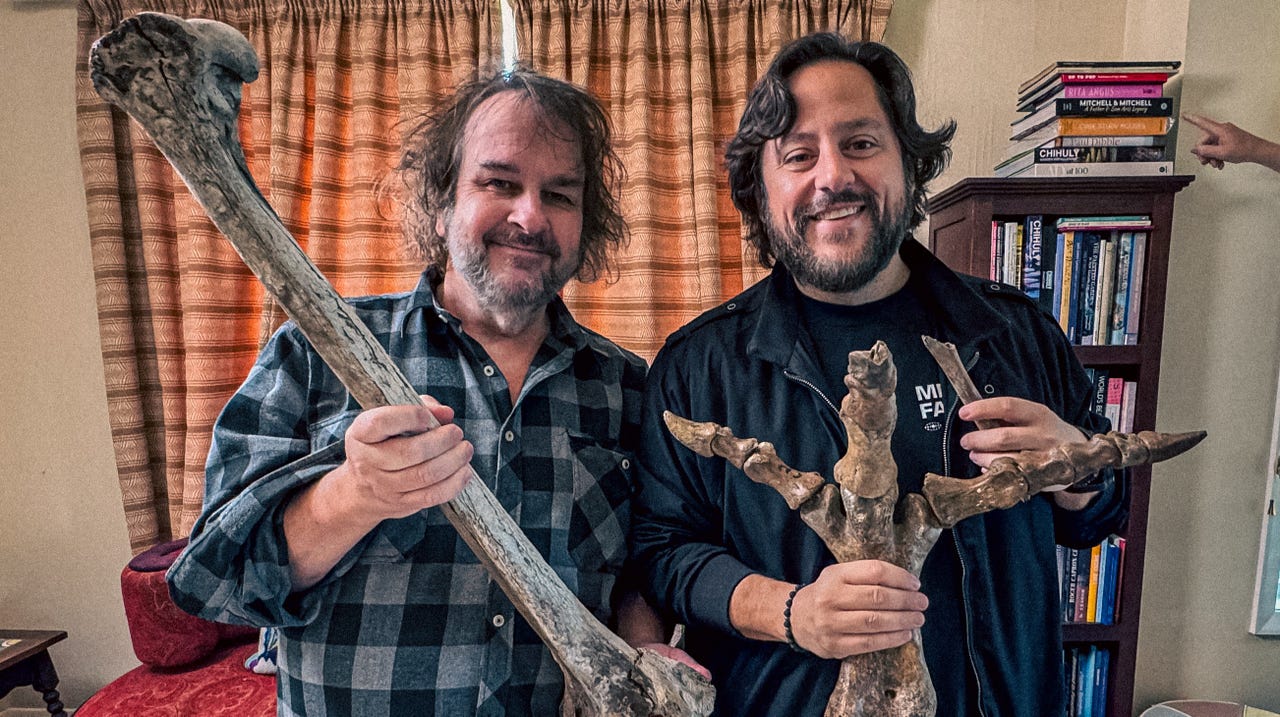In an unexpected twist that seems more fitting for a science fiction blockbuster than a fantasy epic, renowned filmmaker Peter Jackson is venturing into the realm of de-extinction. While he is deeply immersed in the production of his upcoming movie, The Hunt for Gollum, Jackson is also collaborating with a biotech company to bring back the South Island Giant Moa, a colossal bird that vanished from New Zealand 600 years ago.
The celebrated director has joined forces with Colossal Biosciences, a Texas-based genetic engineering firm known for its ambitious de-extinction projects. Recently, the company made headlines with its controversial attempt to resurrect the dire wolf. Now, with Jackson’s investment, they are shifting focus to the Giant Moa in a project that echoes the themes of Jurassic Park more than Lord of the Rings.
The Science Behind De-Extinction
Colossal Biosciences is working alongside the Ngāi Tahu Research Centre, aiming to advance ecological restoration in New Zealand’s South Island. The project involves sequencing and rebuilding the genomes of all nine moa species, with the Giant Moa as the centerpiece. This bird, which once stood up to 3.6 meters tall and weighed approximately 230 kilograms, is a symbol of New Zealand’s unique biodiversity.
The process of de-extinction is complex and involves several stages: recovering ancient DNA, genomic analysis, gene identification, and developing reproductive technologies. According to Jackson, the project is well underway, with DNA samples already collected from his personal collection of Moa bones.
Why the Giant Moa?
For Jackson, the choice of the Giant Moa is deeply personal. “As a New Zealander, the Moa is a bird that is part of the country’s DNA,” he explained in an exclusive interview. The Moa played a significant role in the lives of the Maori, the indigenous people of New Zealand, who arrived in the country around 1290 AD. The Moa’s extinction was a direct result of overhunting by these early settlers, making its potential resurrection a poignant endeavor.
“Having access to this rich protein source literally changed them into Maori over the next 200 years,” Jackson noted, highlighting the bird’s historical importance.
Colossal Biosciences’ Role and Vision
Ben Lamm, CEO and co-founder of Colossal Biosciences, shares Jackson’s enthusiasm for the project. The company’s expertise in avian genomics, developed during their work on the dodo, provides a strong foundation for the Moa project. Lamm is optimistic about the impact the Moa’s return could have, not only on New Zealand but on global conservation efforts.
“The Moa was a 13-foot, 500-pound bird with no wings and feathers that looked even hairlike,” Lamm described, emphasizing the bird’s unique appeal. “It looks like the closest animal to a dinosaur that modern humans lived amongst.”
Inspiring Future Generations
Both Jackson and Lamm see the Moa’s resurrection as a catalyst for inspiring young people worldwide. The project has the potential to capture the imaginations of children and adults alike, much like the dinosaurs of Jurassic World. By bringing attention to this iconic bird, they hope to foster a deeper interest in conservation and science.
“I’m also excited about the way the Moa de-extinction will inspire a lot of young New Zealanders to take up study, and then careers, in science,” Jackson remarked.
Looking Ahead: The Future of De-Extinction
The implications of successfully bringing back the Giant Moa are vast. It could pave the way for the resurrection of other extinct species and enhance our understanding of genetics and ecology. However, the project also raises ethical questions about the role of humans in altering nature.
As the world watches this ambitious endeavor unfold, the collaboration between Peter Jackson, Colossal Biosciences, and the Ngāi Tahu Research Centre could redefine the boundaries of science and storytelling. While Jackson continues to explore Middle-earth with The Hunt for Gollum, his parallel journey into the world of de-extinction promises to be equally captivating.
For now, the Giant Moa remains a symbol of hope and curiosity, a testament to the power of imagination and the possibilities of modern science.





































































